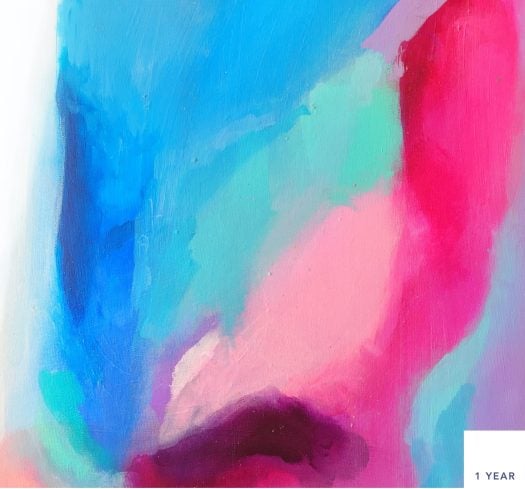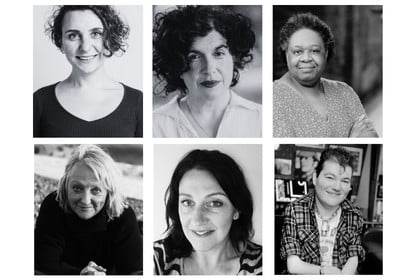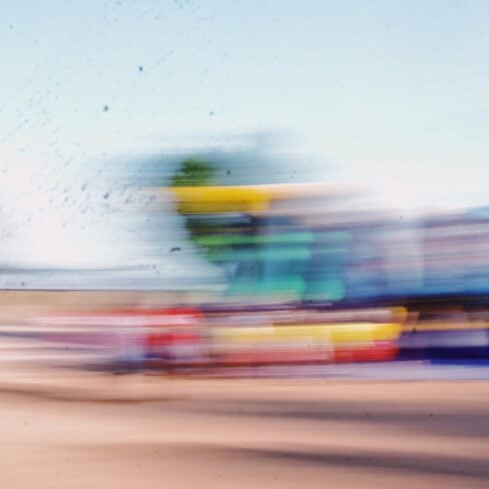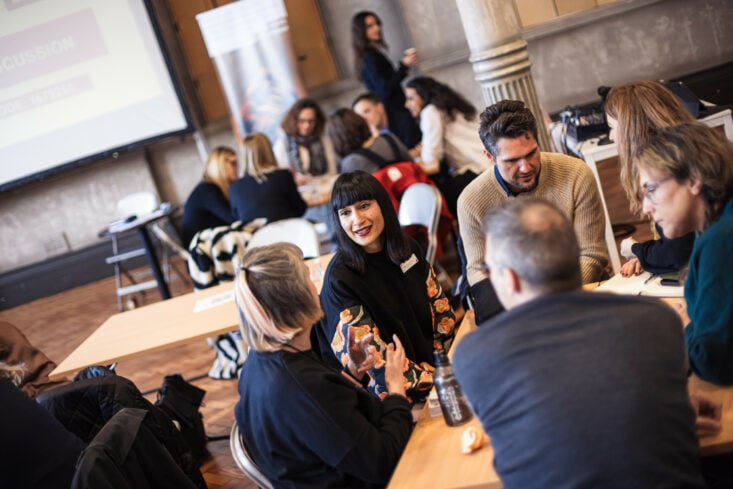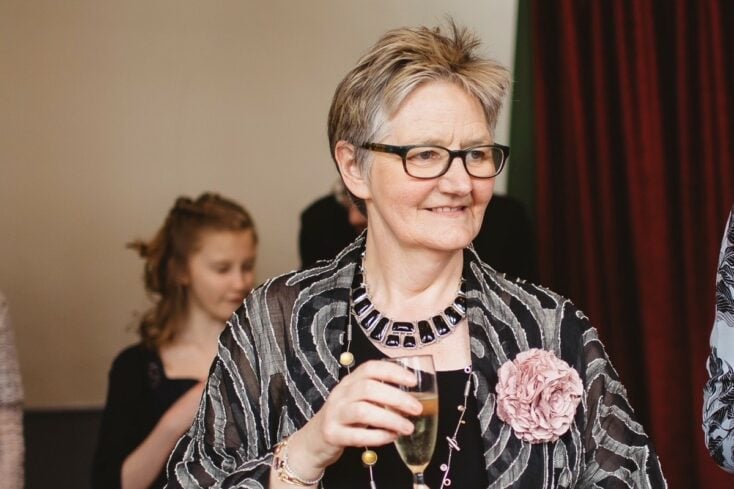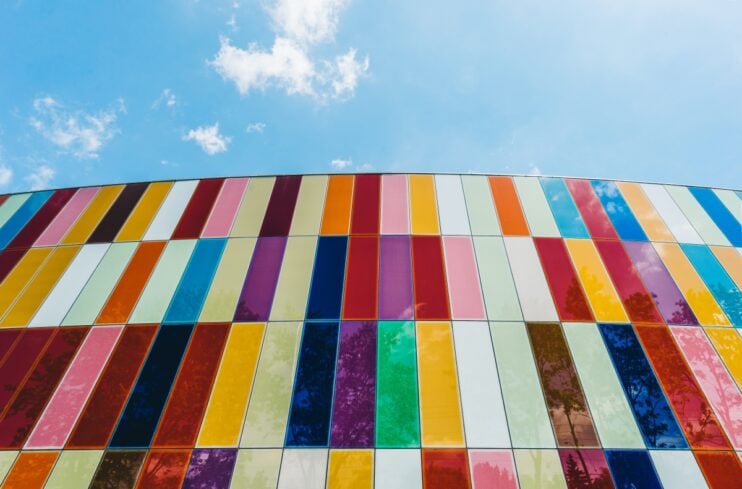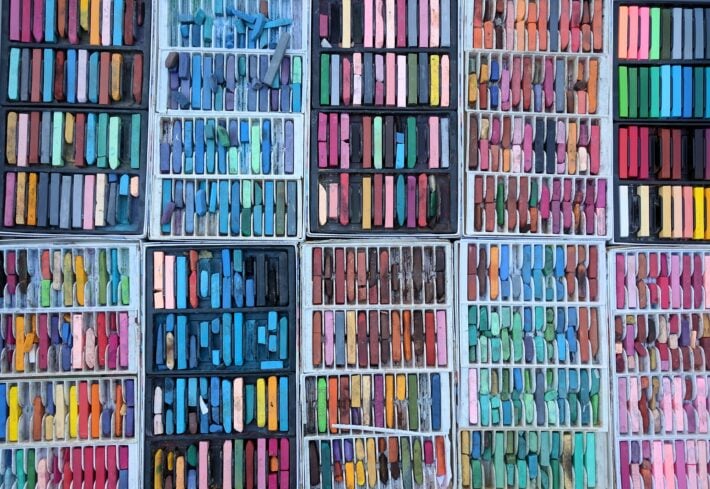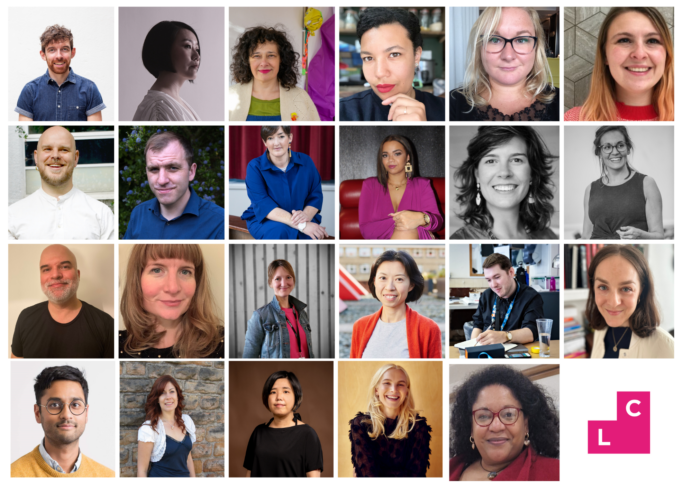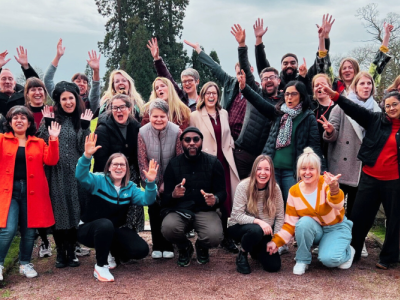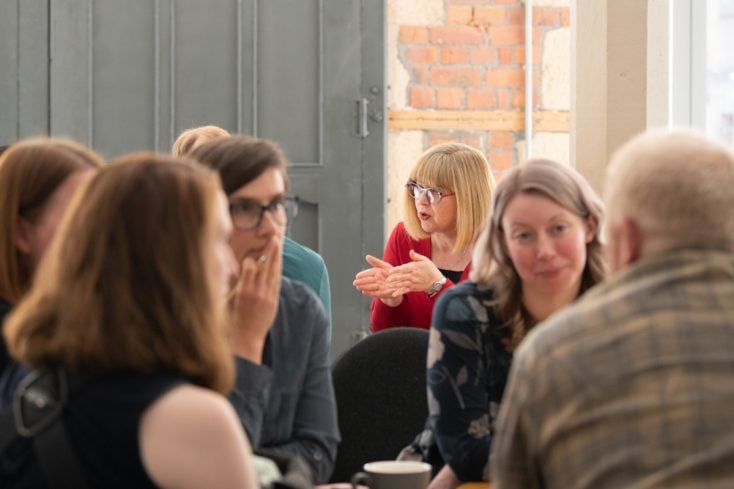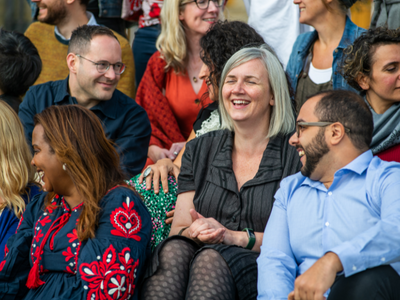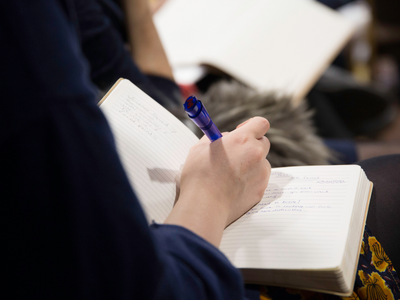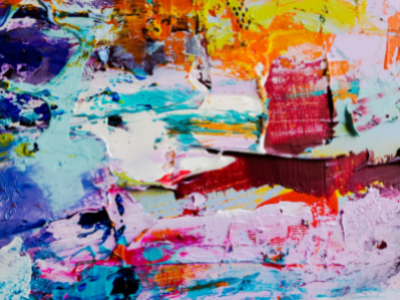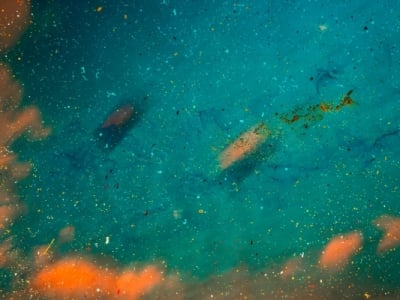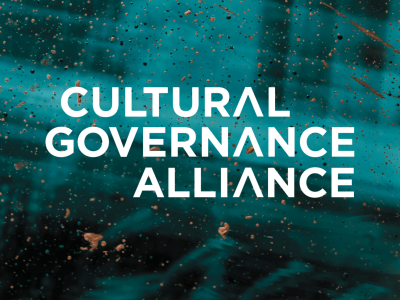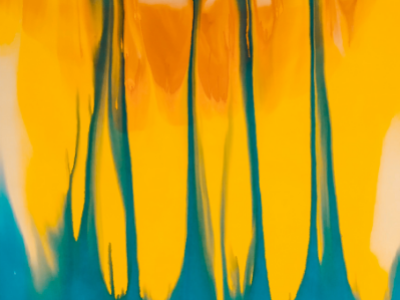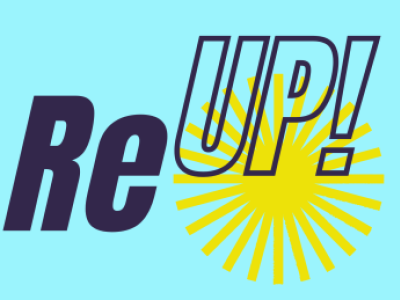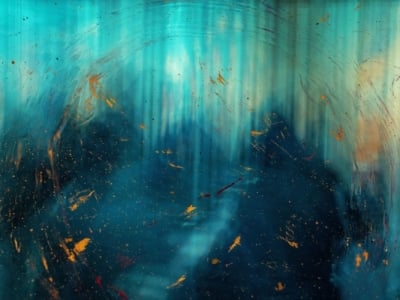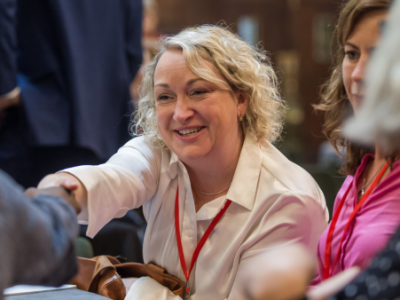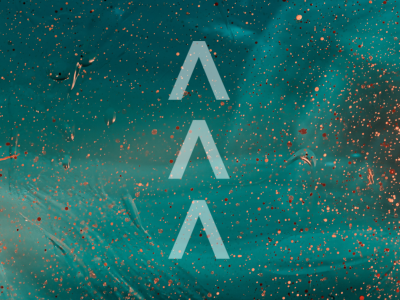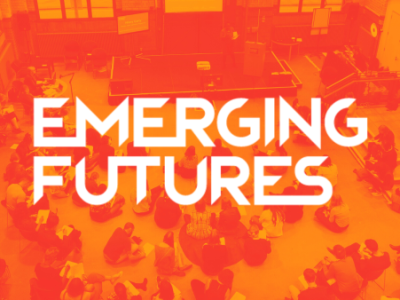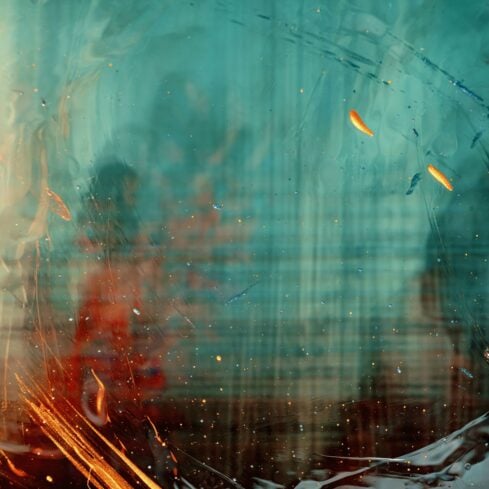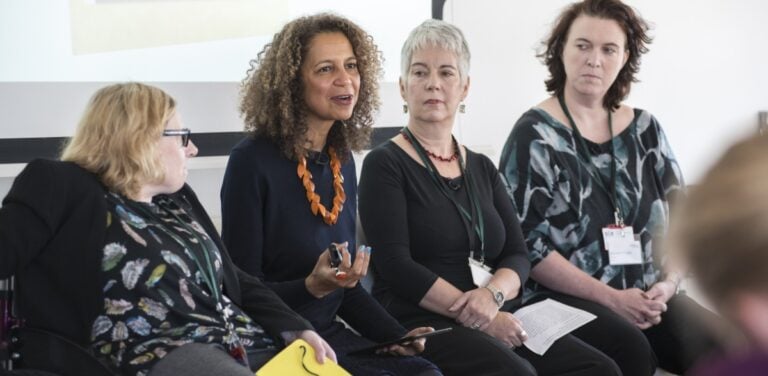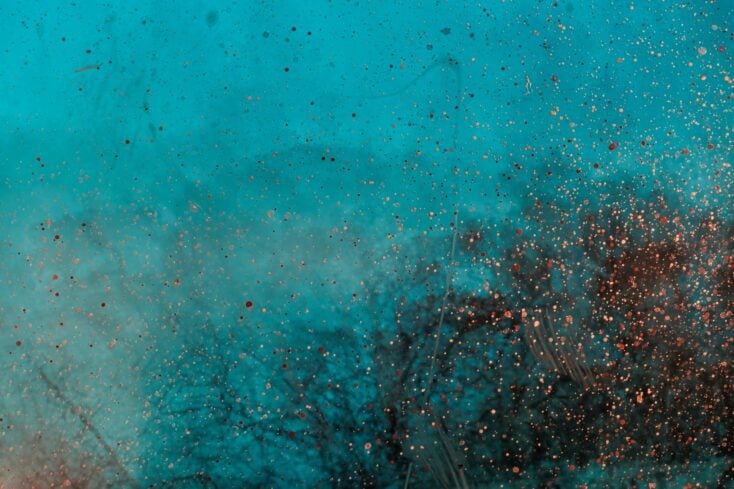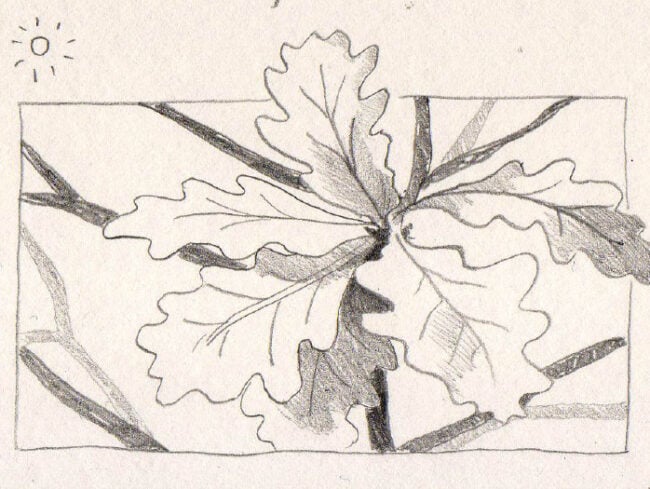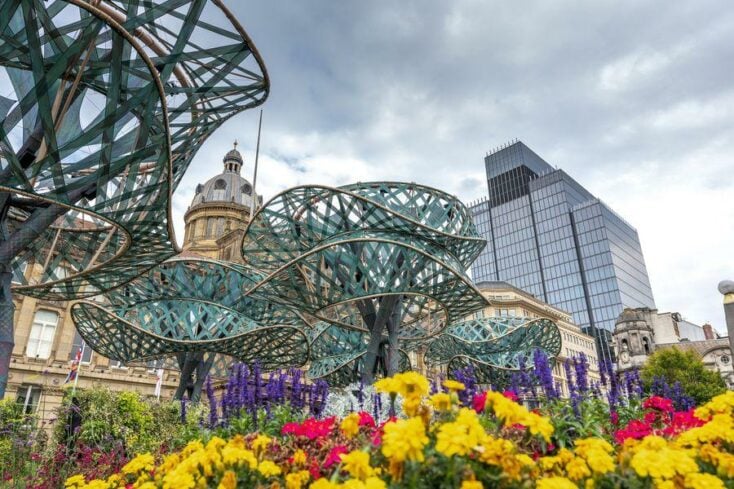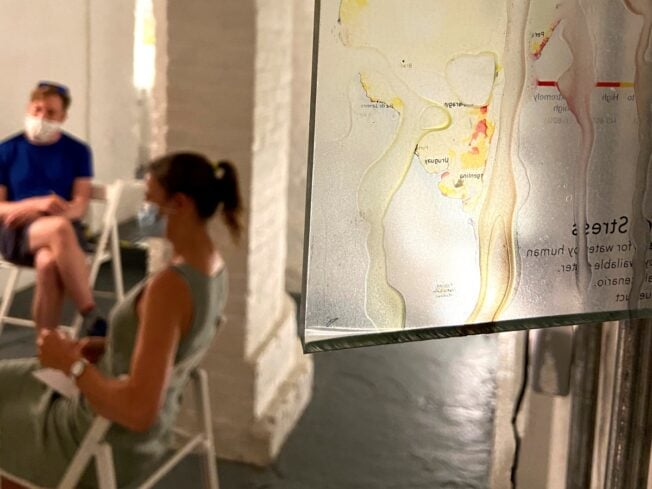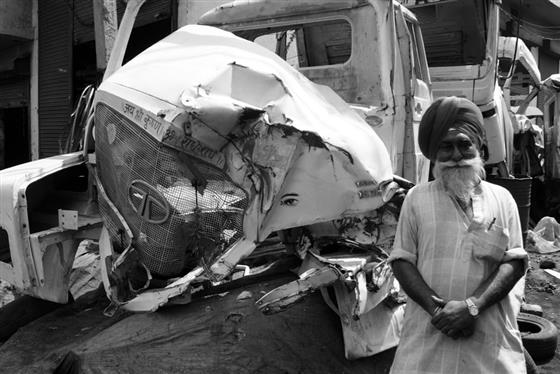Making a future from material history: How caring about our past can help us care for the planet
Clore 18 Fellow Magnus Copps considers the ways in which culture and the cultural sector can intersect with the climate crisis.
1. Introduction
In this paper I want to follow the spirit of Helen Carr and Suzannah Lipscomb’s 2021 collection of essays, What is History Now? How the past and present speak to each other. Carr & Lipscomb describe the book, and I think by extension the concept of history itself, as “for everyone who is questioning how to look at the past, how to think about the present, and how to act in the future.”[1]
I think about the past professionally, as an archaeologist and a design historian, and personally, as a human with a past that holds joys, sadnesses, and many other feelings and memories. In this context the idea of the conversation that the title of Carr and Lipscomb’s volume introduces, and the link they make to understanding the present and acting for the future is one that has become really important to me.
My specialisms deal with the material remains of our past; objects cared for in museums, or buildings and landscapes preserved for their special historic interest. This material culture, things that can be experienced in the present through looking, handling, moving through or around, offers huge potential to engage broad audiences in thinking about the past and the future.
I believe this is increasingly important as our society faces up to a deepening climate crisis, a future where nothing but uncertainty is guaranteed. To understand, address, and cope with the changes that will be required even within the most conservative climate predictions we need to be able to draw upon as much of the learning and inspiration that our shared human heritage can offer.
In this paper, I want to do three things. Firstly I’ll draw out the challenge of climate change and some of the great thinking that has gone on in the heritage and wider cultural sector about the role that culture can play in addressing change. I’ll go on to identify a few case studies of projects that I have worked with or experienced that I think do this in innovative ways, approaches which have the potential to inspire people to live more sustainably, uniting care for the material remains of our past and care for the future of our planet. Finally I will point to what I think are some key ways forward to scale this kind of work up and embed it firmly within education and the green transition so that it becomes an essential part of the systems thinking that enables us create a space of human thriving through the challenges ahead.
In doing this I’m acutely conscious that I am building on, and I believe celebrating, the work of many people, not just the authors and organisations cited here, but also the stimulation and support of my Clore 18 Fellows, the team at Clore Leadership, my wonderful former colleagues at Museum of London Archaeology (especially Dr Sara Perry – you reminded me I can think), many associates across the heritage sector, and my husband and family. My thanks to you all.
2. The Challenge: Heritage & Collections, Creativity, and Climate Justice
Several different organisations have in recent years articulated how culture and heritage can play an essential role in accelerating climate action and in helping communities think about adjustments they will need to make to cope with our changing climate. Looking at a selection of these, both domestic organisations in the UK and those working internationally, can help to unpack the scale and scope of the challenge.
2.1 Imagination and action
Starting at the global level, the Climate Heritage Network (CHN) launched in 2019, with a mission to “empower people to imagine climate resilient futures through culture – from arts to heritage”[2]. Its membership consists of c.250 governmental and non-governmental organisations from Hawaii to Hove. The CHN manifesto points to something that I think is crucially important about the role of heritage and culture – that of the imagination: CHN’s Manifesto, prepared for the United Nations COP27 Conference in March 2023, draws a link between the failure of many nations to achieve the reductions in climate impact laid out in the Paris Agreement[3] and a “scarcity of social imaginaries capable of conceiving of just, low-carbon, climate resilient futures”.[4] Like these badly needed social imaginaries, thinking about the past necessarily involves an imaginative leap: we imagine the object we have just dug up, or the one we are looking at in a museum case, in the hands the person who used or made it; or we imagine people’s past lives in a place or site, using our minds to rebuild walls and populate spaces with people, objects, and animals that might have been gone for thousands of years, or perhaps just a few decades. This act of imagining drives real social and economic activity, with millions of people visiting heritage sites, volunteering to support them, or watching them in film and on television each year, as well as sparking a huge range of outputs from creative practitioners of all kinds.[5]
In my experience it is the point at which this imaginative leap happens that can inspire sustained, committed participation. We see this a great deal on projects like The Thames Discovery Programme[6] (TDP), where folks get so engaged with the archaeology of the Thames that they give time as volunteers week after week, month after month, year after year. They take part in physical fieldwork but also devote hours to researching the history of particular sites or objects they encounter on the river at low tide, and share this new knowledge back to wider audiences through creative events or publications like the recent A Thames Lark ‘zine.[7] It’s clear to me having seen this in action that imagining and worldbuilding, whether we think about the past or the future is crucial to driving collective action and care in a way that has huge potential for our efforts to build a sustainable future. In fact, collective visioning of a safe, sustainable future for people and heritage is baked into the DNA of Coasts in Mind, a project developed out of TDP which is exploring how we bring coastal community heritage together with the policy-making apparatus that is developing around increasingly rapid coastal change in England caused by global climate change.[8]
2.2 Care and Justice
The dimension of care opened up here is a really important one when we think about the role of heritage and culture in the green transition. As organisations like Julie’s Bicycle and the Museums Association highlight, the climate crisis is an ethical and a social issue as well as an environment and social one and culture has a role to play in addressing this.[9] This concept of Climate Justice starts from a place that making a better world where humans can live in balance with the planet involves thinking about how we ensure this happens for all humans, as well as recognising that the damage currently being done generally affects those with fewer resources and less resilience the most.
Gideon Mendel’s Dzanghal, which forensically records the material culture left behind after the French Government’s clearance of the ‘Jungle’ refugee camp in a series of remarkable images is an important touch point here.[10] From a charred check shirt, to ranked abandoned toothbrushes and shoes, to the wild-haired disembodied head of head of a Barbie doll, engrained dirt smeared over her bright purple lipstick and eyeshadow, these objects speak starkly of detachment and displacement. Archaeological examinations of these objects show how they can prompt thinking as well as feeling, providing evidence of the routes the camp’s final inhabitants may have taken to reach the Channel coast, through Hungary or Italy.[11] Equally thought provoking are considerations of the privilege of archaeologists to be able to examine this material safely and freely, and of the limits of archaeological skills and knowledge making practices to communicate the visceral, painful, human elements of the stories these objects represent.[12]
As projects like Dzanghal, and the associated LANDE exhibition show,[13] cultural bodies will play a big role in mediating how these migrants are received and understood in the places they pass through and eventually settle. Such a role will become increasingly important for heritage and culture organisations in the coming decades, with estimates of climate related migrations of people as high as 1.2 billion by 2050 according to the Institute for Economics and Peace.[14] The work already taking place in the West to decolonise museums and cultural spaces will generate models of practice and engagement that have huge potential to support the integration of new waves of migration as well as addressing present-day systemic injustices.[15]
2.3 Reuse, Skills, and Inspiration
Reduce, reuse, recycle is such a fundamental part of sustainable thinking that it is hard to establish exactly where it originated, although it persists into UN guidance on low-carbon lifestyles issued in 2023.[16] I believe that innovative approaches to reducing consumption and reuse and recycling of materials rely on two key things. Firstly, effective knowledge of the fundamental properties of materials and processes by which things are made, and secondly access to creative inspiration and stimulation to think about new ways to use or reuse objects.
As observed in Historic England’s 2022 Climate Change Strategy, heritage is replete with examples of innovative reuse, including adapted historic buildings which, due to their existing embodied carbon, are almost always more ecologically sound than newly built buildings.[17] Many museum collections also reflect examples of innovative making and reuse, and some such as the Victoria & Albert Museum were actually founded in order to stimulate better use of materials and more innovative product design.[18]
The link to education is crucial here. Whilst STEM subject takeup has increased in recent years,[19] recent data also shows that takeup for both Art & Design and Design Technology subject areas has fallen sharply in England since 2010.[20] Museums need to showcase their links to both design and material education as part of a renewed commitment to this kind of education as part of the green transition.
Successful examples exist, for example Derby’s Museum of Making, opened in 2022, which combines a collection focussed on local histories of making with a coworking space for small local creative business, which also have access to an advanced workshop space so that the designing and making of new, often sustainable, products forms part of the life of the institution.[21] This expressedly interdisciplinary approach is linked to school education through the Institute of STEAM (Science, Technology, Engineering, Arts, & Maths), which is offering local school children digital badges to verify specific competencies and skills in this area. Impact is happening at scale here, with over 10,000 people engaging with the museums schools and formal learning programmes in its first full year of operation post-COVID restrictions, and upwards of 50% of those reporting a measurable increase in their practical skills and understanding of how things are made now and in the past.[22]
3. Conclusions and next steps:
I hope I’ve managed to show here how museums and heritage sites can link to some of the key challenges and goals of the green transition and support pursuit of a sustainable future, linked to concrete and innovative examples. This is vitally important, now more than ever. Summer 2023 was a crescendo of dire Climate Change news stories from around the world, something that can easily drive people to passivity and despair, when what we need is hope, the gift of the imaginary that CHN highlight the importance of above. Rebecca Solnit encapsulates this perfectly in Hope in the Dark (2003):
“The world often seems divided between false hope and gratuitous despair. Despair demands less of us, it is more predictable, and in a sad way safer. Authentic hope requires clarity – seeing the trouble in this world – and imagination, seeing what might lie beyond these situations that are perhaps not immutable or inevitable.”
I believe we have a chance to use material culture and collections to manifest this hope in hearts, minds and hands. On closing I want to draw out three key takeaways that have the potential to support the development of work that achieves this:
- Embrace imagination: Heritage programmers are often held back from delivering activities that focus on imaginative presentations (of the past or the future) due to a sectoral preoccupation with evidence and fact. We need to accept that, at heart, re-presenting the past (or imagining the future) is based on speculation and creativity, and our programmes need to offer opportunities for audiences to participate in these processes.
- Celebrate diaspora and migrant experience: As our world continues to change, we will see yet more large scale movements of people. The experience of individuals and communities that have already experienced this, whether living communities today or those whose experience is only recoverable from the scant archaeological record, will be vitally important to how modern societies adapt to this change.
- Surface material understanding: In order to use less energy, consume less, and reduce our environmental impact, communities around the world will need to know more about how their material world is made and where it comes from. Cultural organisations need to partner with schools to establish their role in this form of education early, and by doing so will showcase the continued value of collections in our changing world.
Footnotes
[1] Carr, Helen, and Lipscomb, Suzannah (eds), What is History Now? How the past and the present speak to each other, London (Weidenfield & Nicholson), 2021.
[2] Climate Heritage Network, Action Plan 2022-2024, Accessed May 2023
[3] The UN’s legally binding agreement to keep net global warming below 2° Celsius, ratified by the UK in 2016.
[4] Climate Heritage Network, Imagining and realising climate resilient futures: The Power of Arts, Culture, and Heritage
[5] For more information on this, and a huge range of case studies, see The Heritage Alliance: Inspiring Creativity, Heritage & The Creative Industries
[6] Thames Discovery Programme Website
[7] Thames Discovery Programme Volunteers, A Thames Lark Part 1: Introductions and Timelines, 09 Dec 2022 (Accessed May 2022)
[8] Coasts in Mind Introductory Blog Post, Rebecca Tyson, July 2023
[9] Museums Association, Introduction, Museums and Climate Justice,(Accessed May 2023)
[10] Gideon Mendel, Dzhangal, October 2016 (Accessed May 2023)
[11] Sarah mallet, The case for an archaeology of the ‘Jungle’, MOLA Blog, 02 July 2019 (Accessed May 2023)
[12] Louise Fowler, Toys, Tins, and Tear Gas Canisters: Recording the archaeology of the Calais ‘Jungle’, MOLA Blog, 27 March 2019 (accessed May 2023)
[14] Institute for Economics and Peace, Press Release for Inaugural Economic Threat Register, September 2020 (Accessed May 2023)
[15] For example Museums Association’s Decolonisation Campaign and Guidance
[16] United Nations, 10 Things you can do, Accessed May 2023
[17] Historic England, Climate Change Strategy, March 2022
[18] Victoria & Albert Museum, About us webpage, Accessed March 2023
[19] Department for Education, More young people are taking STEM subjects than ever before, DfE Blog, February 2021 (Accessed May 2023)
[20] 1. Education Policy Institute, A spotlight on Design Technology study in England, March 2022. 2. Cultural Learning Alliance, Arts GCSE and A Level Entries 2022, March 2022. (Both Accessed May 2023)
[21] Derby Museums, The Impact of the Museum of Making: Social Return on Investment Report, 2023
[22] Ibid.
Themes Climate Leadership


